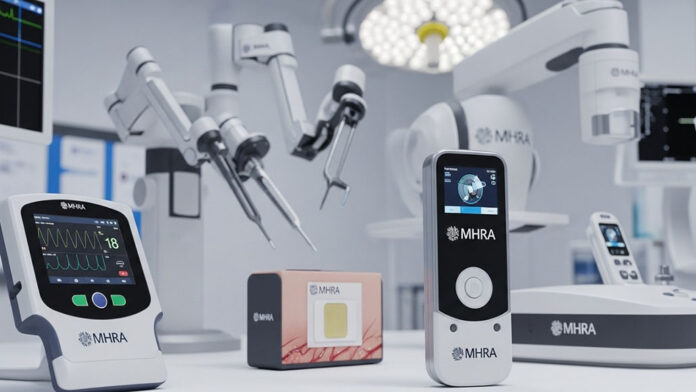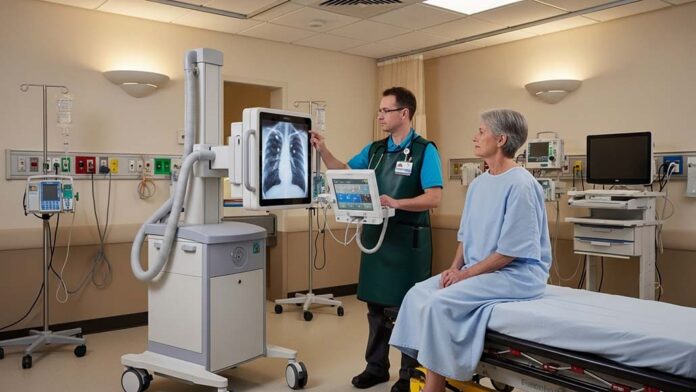Have you ever felt overwhelmed looking at your student loan balance and wondering how long it will take to pay it off? Many graduates face the same challenge. The good news is that there are practical ways to manage this debt and pay it off sooner than you think.
In this blog, we will share smart strategies to pay down student debt faster.
Create a Clear Budget and Stick to It
The first step in paying down student debt faster is understanding where your money goes each month. A detailed budget helps you see how much you earn and where you spend. Start by tracking all your income and expenses for one or two months. Once you have this information, separate your spending into categories such as housing, utilities, food, transportation, and discretionary purchases. This will show you areas where you can cut back and free up more money for your loans.
After setting up your budget, make it a habit to stick with it. Choose realistic spending limits for each category and adjust as needed. You can use budgeting apps or simple spreadsheets to stay on track. Reducing unnecessary expenses, such as dining out frequently or buying items you do not need, can help you apply more money to your debt.
Refinance Your Loans for a Lower Rate
Refinancing student loans can significantly reduce the amount you pay over time. When you refinance, you replace your current loans with a new one at a lower interest rate. This means more of your payment goes toward the principal balance instead of interest. A lower interest rate can save you thousands of dollars, especially if you have a large loan balance.
For medical residents or professionals in training, some lenders offer specialized refinancing options. For example, you can explore programs like https://www.sofi.com/medical-resident-refinance/ if you meet the criteria. These programs can provide better terms during residency or fellowship. Refinancing may also let you simplify your payments by combining multiple loans into one. However, review the terms carefully to ensure you are not giving up federal loan benefits like income-driven repayment or forgiveness options if you need them.
Make Extra Payments Whenever Possible
One of the most effective ways to pay down student debt quickly is by making extra payments. Even tiny additional amounts can make a big difference. Paying extra reduces your principal balance more quickly, which lowers the interest charged over time. You can choose to make an additional payment each month or make larger lump-sum payments whenever you have extra funds, such as from a tax refund or bonus at work.
If you decide to make extra payments, confirm with your loan servicer that the money applies directly to the principal. Some servicers may apply it to your next month’s payment instead, which will not reduce the balance as effectively. Consistent extra payments, even if they are small, can shorten the life of your loan and help you become debt-free much sooner.
Focus on the Highest-Interest Loan First
If you have multiple student loans, targeting the one with the highest interest rate first can save you money. This method, often called the avalanche method, helps you minimize the total interest paid over time. While making minimum payments on all your loans, put any extra money toward the loan with the highest rate. Once that loan is paid off, move on to the next highest rate, and so on.
This approach requires discipline but can be highly effective. Paying off the highest-interest loan first allows you to keep more of your money instead of losing it to interest charges. Seeing progress as each loan gets paid off can also be motivating. By focusing on the most expensive debt, you accelerate your overall payoff timeline.
Consider Income-Driven Repayment Plans if Needed
For borrowers struggling to make monthly payments, income-driven repayment plans can provide relief. These plans set your payment based on your income and family size, which can make your loans more manageable. While these plans may extend your repayment term, they can prevent you from falling behind and facing late fees or credit damage. If you qualify, some plans may even offer loan forgiveness after a set period of consistent payments.
However, if your goal is to pay off debt faster, income-driven plans may not be the best long-term solution. Because these plans usually stretch out repayment, you could end up paying more in interest. If you use one temporarily, try to increase payments as soon as your income grows. This will help you get back on track with reducing your balance.
Automate Your Payments for Consistency
Automating your student loan payments is a simple way to stay on schedule. Many lenders offer a small reduction in interest rate, often around 0.25%, if you set up automatic payments. These savings may seem small, but they can add up over time. Automatic payments also reduce the risk of missing a due date and facing late fees or damage to your credit score.
Once you set up automatic payments, you will not have to worry about remembering deadlines each month. This consistency can help you focus on making extra payments or budgeting for other financial goals. If your budget allows, you can even automate extra payments to increase your progress without thinking about it each month.
In conclusion, paying down student debt faster requires planning, discipline, and determination, but it is possible. By budgeting carefully, exploring refinancing, making extra payments, and finding ways to increase your income, you can take control of your financial future. It may take time, but each payment brings you one step closer to financial freedom. Focus on what you can do today and stay committed to your plan. With consistent effort, you can move past your student debt and build the life you want with greater confidence.


























